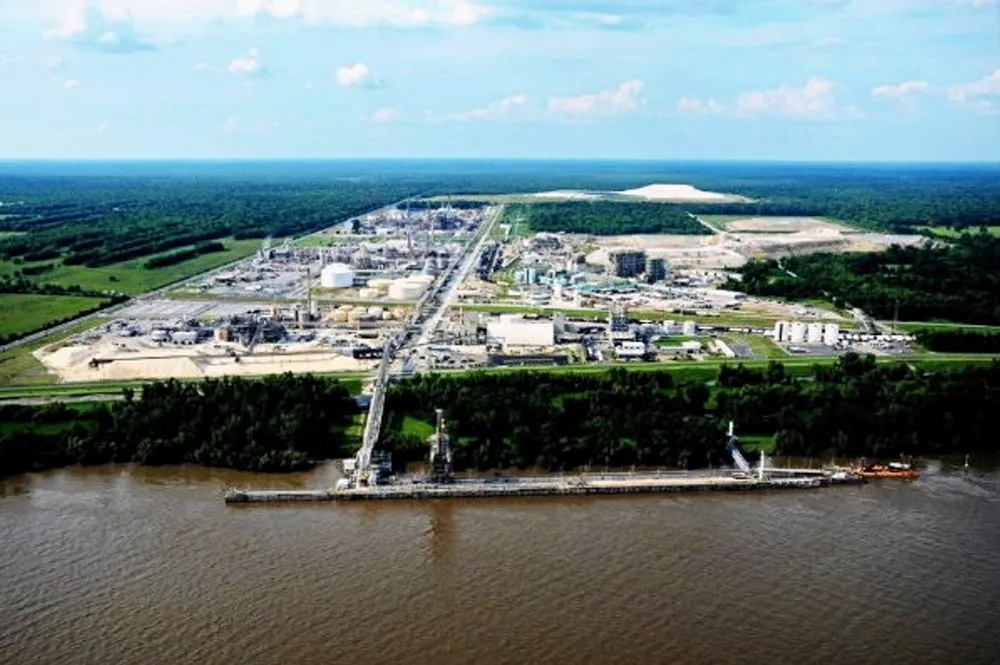'World's largest' blue hydrogen-based ammonia project shelved due to increased costs and lack of market
Fertiliser giant Nutrien has put the plant in Geismar, Louisiana, on hold after announcing it only last year

Fertiliser giant Nutrien has put the plant in Geismar, Louisiana, on hold after announcing it only last year
